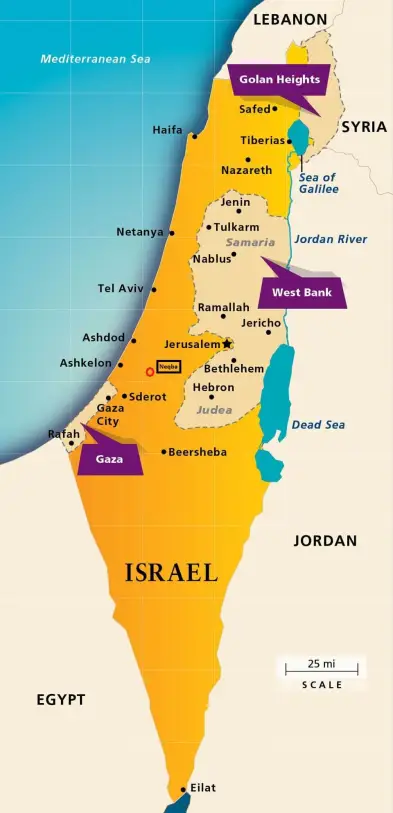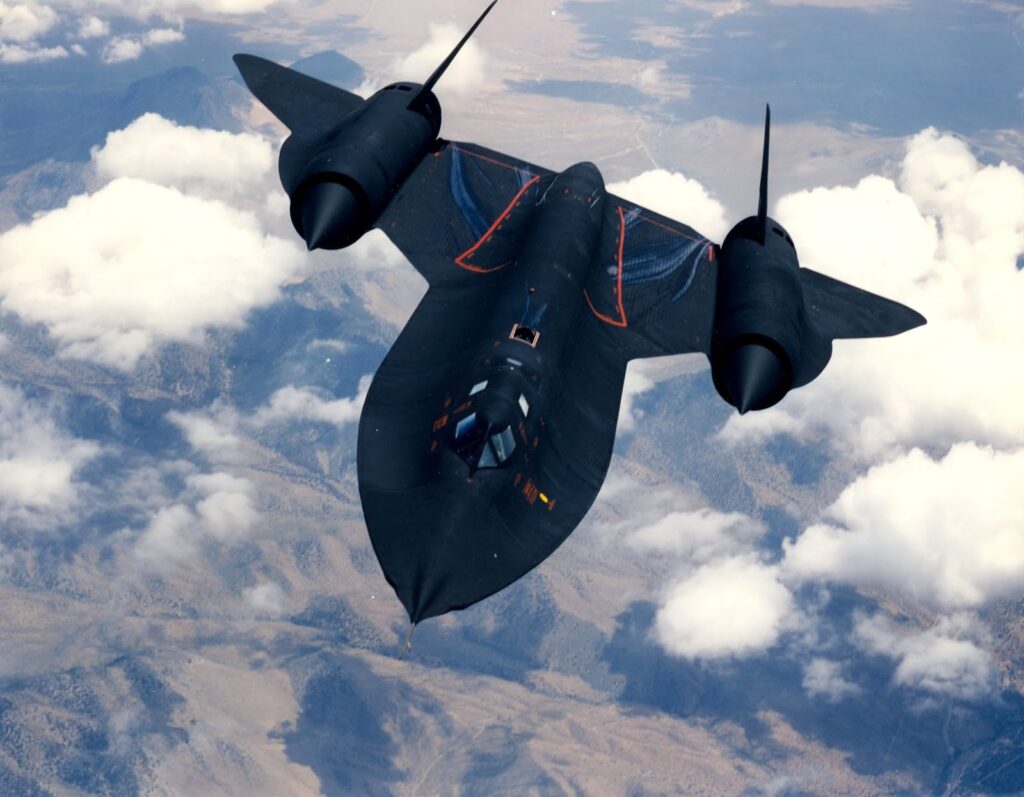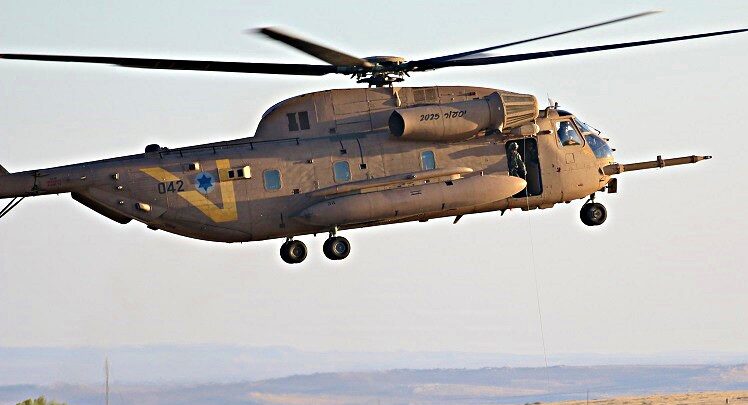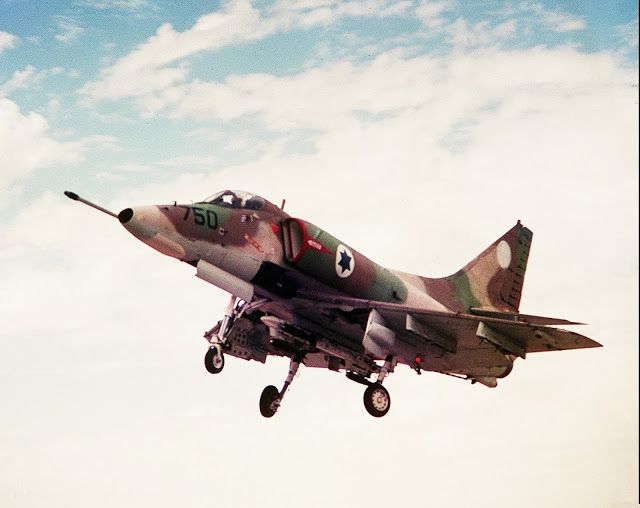
This week we observe the 50th anniversary of the Yom Kippur War. A war in which airpower played a key role.
What is Yom Kippur
Yom Kippur is the holiest day of the Jewish year. Yom Kippur means “Day of Atonement”. It commemorates an event in the Old Testament. After the people of Israel left Egypt while Moses was on Mount Sinai receiving the Ten Commandments, the people made a golden calf and worshipped it. When Moses came down and saw the calf, he was angry, and he ascended Mount Sinai again to ask the Lord’s forgiveness for the people (see Exodus 32-34). He came down the mountain after Divine forgiveness was obtained. This occurred on the 10th day of the Jewish month Tishrei.
This date generally falls in late September or early October on the Gregorian calendar used in the United States. To commemorate the Day of Atonement each year the high priest would offer a goat as a sacrifice and let another goat go free in the wilderness (see Leviticus 16). This occurs on Yom Kippur. Again, this is the holiest day on the Jewish Calendar, and it likened in its importance to Christmas and Easter in the United States.
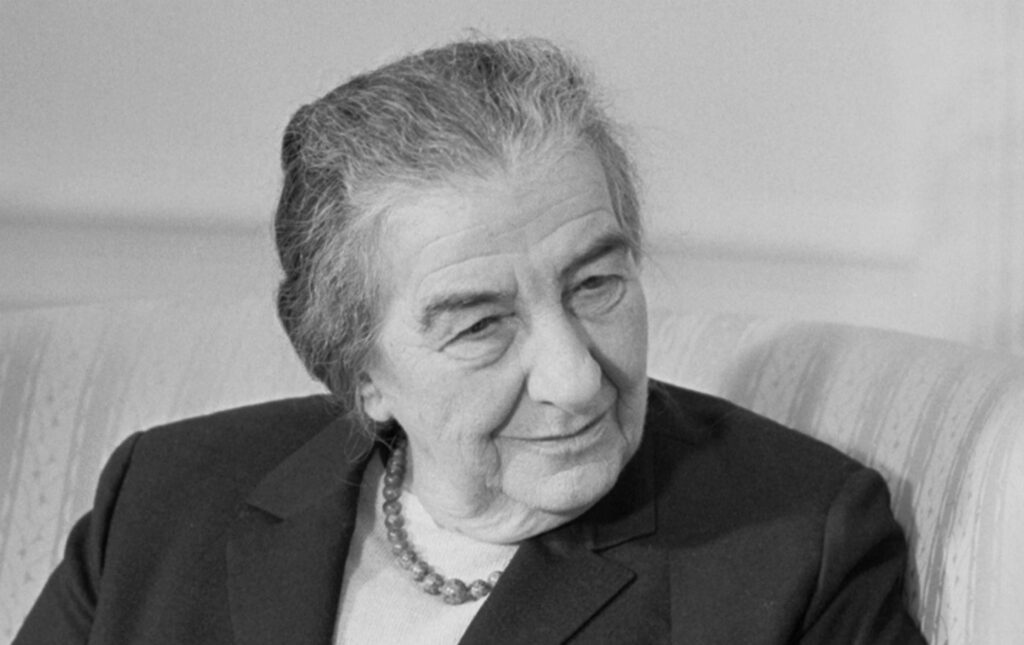
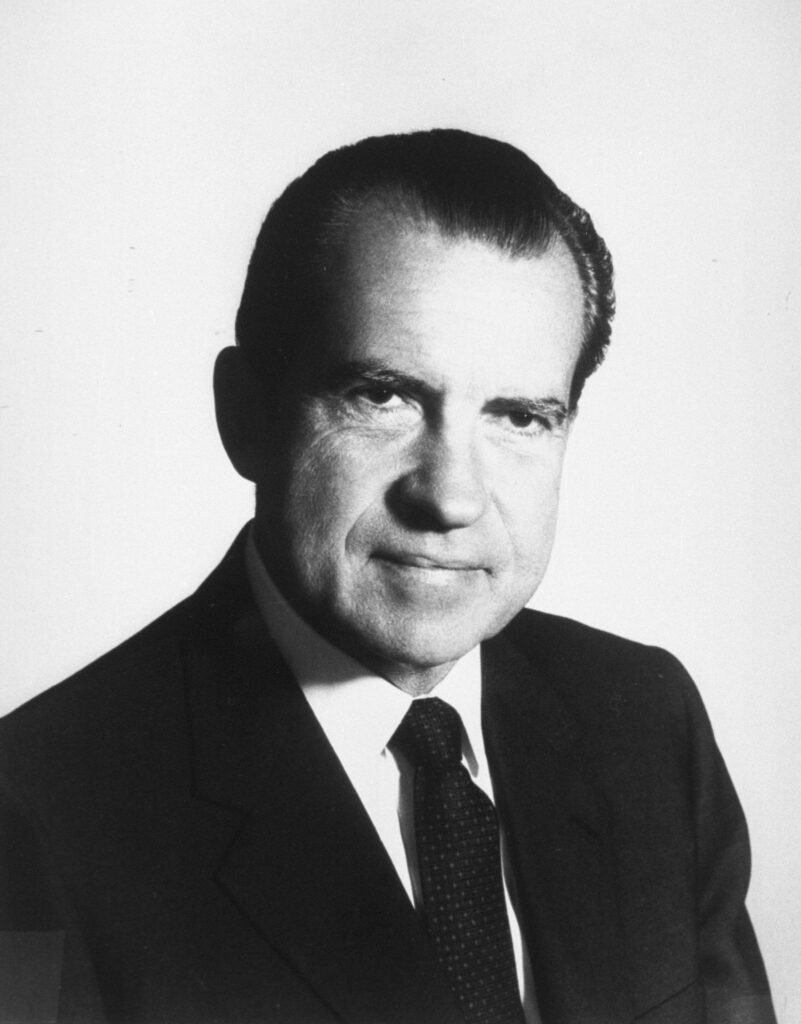

The Backdrop of the Yom Kippur War
Israel became a nation again in 1948. Shortly thereafter they were attacked by Egypt, Iraq, Jordan, Lebanon and Syria. These nations vowed to push Israel into the sea. Israel won the war and additional territory. In 1956 there was war between Egypt, France, Great Britain, and Israel after Egypt nationalized the Suez Canal. In 1967, with the threat of an impending invasion, Israel launched a preemptive strike against Egypt, Jordan, and Syria in what became known as the Six Day War. This resulted in an overwhelming Israeli victory. Israel took the Golan Heights, the West Bank of the Jordan River, all of Jerusalem, the Gaza Strip and most applicable to this blog, the Sinai Desert.
After 1967 Israel was in “the catbird seat” and had little interest in negotiating with her Arab neighbors who had vowed to destroy Israel. Anwar Sadat became the president of Egypt in 1970. He made overtures that he was interested in a peace agreement with the Israelis if they would return the Sinai Desert to Egyptian control. Israel had no interest.
So, Sadat began to maneuver. He kicked 20,000 Soviet advisors out of Egypt, who had been welcomed by his predecessor, Ganal Nasser. This exodus of the Soviets pleased the United States. Sadat also began preparing a surprise attack on Israel.
The “Surprise” Attack
The Israeli premier, Golda Meir called then President Richard Nixon as Yom Kippur approached in 1973. She relayed that Israeli intelligence was picking up signs of a surprise Egyptian attack. She was considering a preemptive strike to thwart the effort. Nixon advised her not to do so, as it would appear that Israel was starting a war.
Meir chose to do forego a preemptive strike leaving Israel vulnerable to attack. Instead, Israel began to drop bombs into the Mediterranean Sea so that they would not be detonated at Israeli bases during the attack on Israel. On October 6, 1973, Egypt launched its assault across the Suez Canal, and with surprising ease breached the Israeli defenses. Simultaneously, in north, the Syrian launched an attack on the Golan Heights. There were heavy casualties on all sides.
Israel began to run low on munitions. They asked the US for help and, surprisingly, Nixon delayed — Perhaps as tacit approval of Sadat’s overtures for peace and for his stand against the USSR. However, when Russia began to resupply Egypt, Nixon began US air transport efforts to bring in munitions and supplies for Israel.
The tide began to turn when the Israelis knocked out large portions of Egyptian air defenses. General Ariel Sharon led the Israelis across the Suez Canal and soon had the Egyptian Third Army totally surrounded. I heard CBS Evening News host Walter Cronkite say, “The Israelis now have the upper hand”. The Israelis could have completely annihilated the Egyptian Army but chose to show mercy.
The Role of Airpower
Airlift by the United States was primarily provided through the C-141 Starlifter and the C-5 Galaxy. Over 8,000 tons of supplies arrived before the end of the war. During and immediately after the war the United States flew over 500 missions of airlift.
A mysterious aircraft seems to have played a key role as well. Egyptian air defense radar picked up an aircraft flying in excess of Mach 3 over key battlefields. Only one plane is known to fly that fast…the SR-71 Blackbird, America’s top secret reconnaissance plane. The Egyptians credit these reconnaissance flights to being key to the Israeli counterattack.
The IAF (Israeli Air Force) used CH-53 helicopters to retake the Golan Heights. The McDonnell Douglas F-4 Phantom II was used in air to air as well as ground support. The Douglas A-4 Skyhawk was the IAF’s main ground attack aircraft. The IAF flew the French made Dassault Mirage III and the Mirage V in key air to air combat maneuvers. The Mirage V was actually an IAI Nesher, an Israeli built version of the Mirage V.
Meanwhile the Egyptians countered with Soviet equipment such as the MiG-17 , MiG-21, Sukhoi Su-7, and the Tupolev Tu-16. At the end of the day, the IAF enjoyed an air combat record even better than its Six Day War effort. However, it was not without a cost. Altogether the Israeli Air Force lost approximately 100 airplanes and 60 airmen in the war.
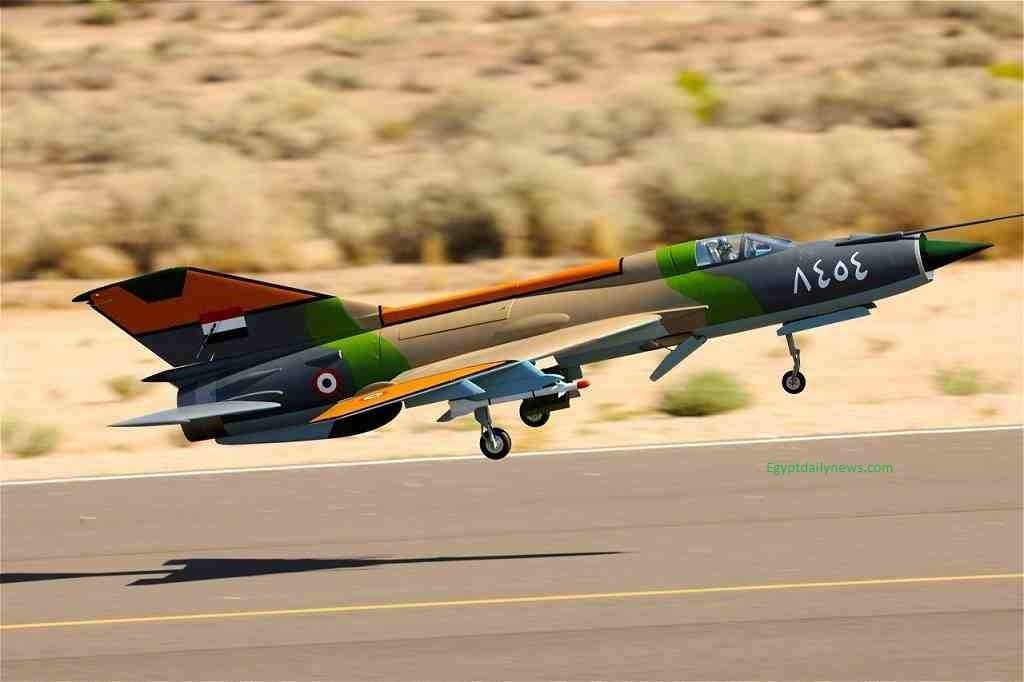

The Aftermath
Many credit the Yom Kippur War for shaking the Israeli confidence that they could win any war with its Arab neighbors with ease. It also gave Anwar Sadat increased prestige from his own people and his Arab neighbors. This gave him the latitude to negotiate the Camp David Treaty five years after the Yom Kippur War. That treaty and its implications for airpower will be the topic for another blog.
Immediately following the war, OPEC declared an oil embargo on the United States for its assistance to Israel after they were attacked. This kicked off what became known as the “Energy Crisis” (then, as now, the United States is heavily dependent on oil from the Middle East). This resulted in long lines at the gas pumps as some stations had no gas. The price of gas skyrocketed from 25 cents a gallon to around 75 cents a gallon. As a footnote, during the war many European countries refused to let the US airlift planes use European bases for fear of an oil embargo.
As a cadet at the US Air Force Academy, I served under three Superintendents. One was named Robert Kelley. He was not particularly liked or respected by the Cadet Wing. However, General Kelley had a tremendous respect for the IAF. Often using them as a benchmark to measure the ability of our US Air Forces. Given the IAF’s track record in both the Six Day War and the Yom Kippur War, he had reason for his admiration.
Although the IAF has not been combat tested in years, they still have a stunning reputation. To learn how airpower began, be sure to listen to and watch Doctor Aviation’s segment on the Wright Brothers.

